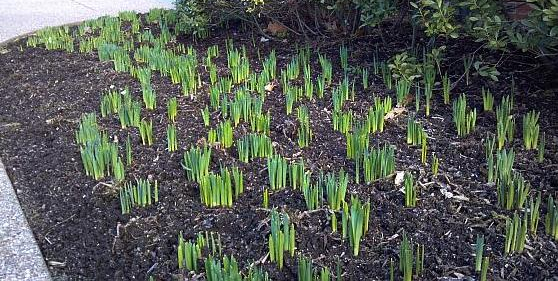
Sixteen of us gathered at Schenley Park yesterday for a walk among the trees.
As we left the Visitors Center we were treated to far away(!) views of Pitt’s peregrines, Dorothy and E2, sunning on the south face of the Cathedral of Learning. The weather cooperated and the sun came out.
Here we are in the woods just before we began the mind-numbing task of keying out twigs using the Winter Tree Finder. By the third twig we had had it! We gave up on twigs and switched to bark. Thanks to Debbie Bryant for bringing the Bark book.
Right off the bat I learned something new. When I identified a tree as “ironwood” George Bercik said ironwood was a different tree. We consulted our field guides and discovered that “ironwood” is the common name for two trees. I call the eastern hophornbeam “ironwood.” George calls the American hornbeam “ironwood” (which I learned as “blue beech”). Both names are correct but confusing. That’s the problem with common names…
On our route we found black cherry’s “burnt potato chip” bark, dark red oaks, pale beech trees, and hackberry’s “pie crust” bark. Birds were few but we saw an adult red-tailed hawk hunting in the woods and some gulls flying overhead.
Around 2:30pm the wind picked up so we returned to the Schenley Park Visitor Center for hot chocolate. What a cozy end to our bark walk. Thanks to everyone for coming.
p.s. Spring must be coming soon. The daffodils are up at the Visitors Center.

(photos by Kate St. John)
Thanks for a wonderful afternoon, Kate! I learned that identifying twigs is not so easy!
Thank You,
It was wonderful.
Nico
Thank you Kate, it was great to see the trees you have talked about. And also fun to meet and talk to some of the gang we meet on your web page. Could there be another walk when the leaves come out?
It was a wonderful way to spend a cold afternoon. We are all ready, like the daffodils, to emerge into Spring. I have decided, after many tree ID walks, to try to learn just one tree at a time. For me, the tree of the day was Hackberry. I love the name and the way you described the bark as looking like a pie crust. We felt that the bark looked a little like psoriasis but pie crust is much more lyrical.